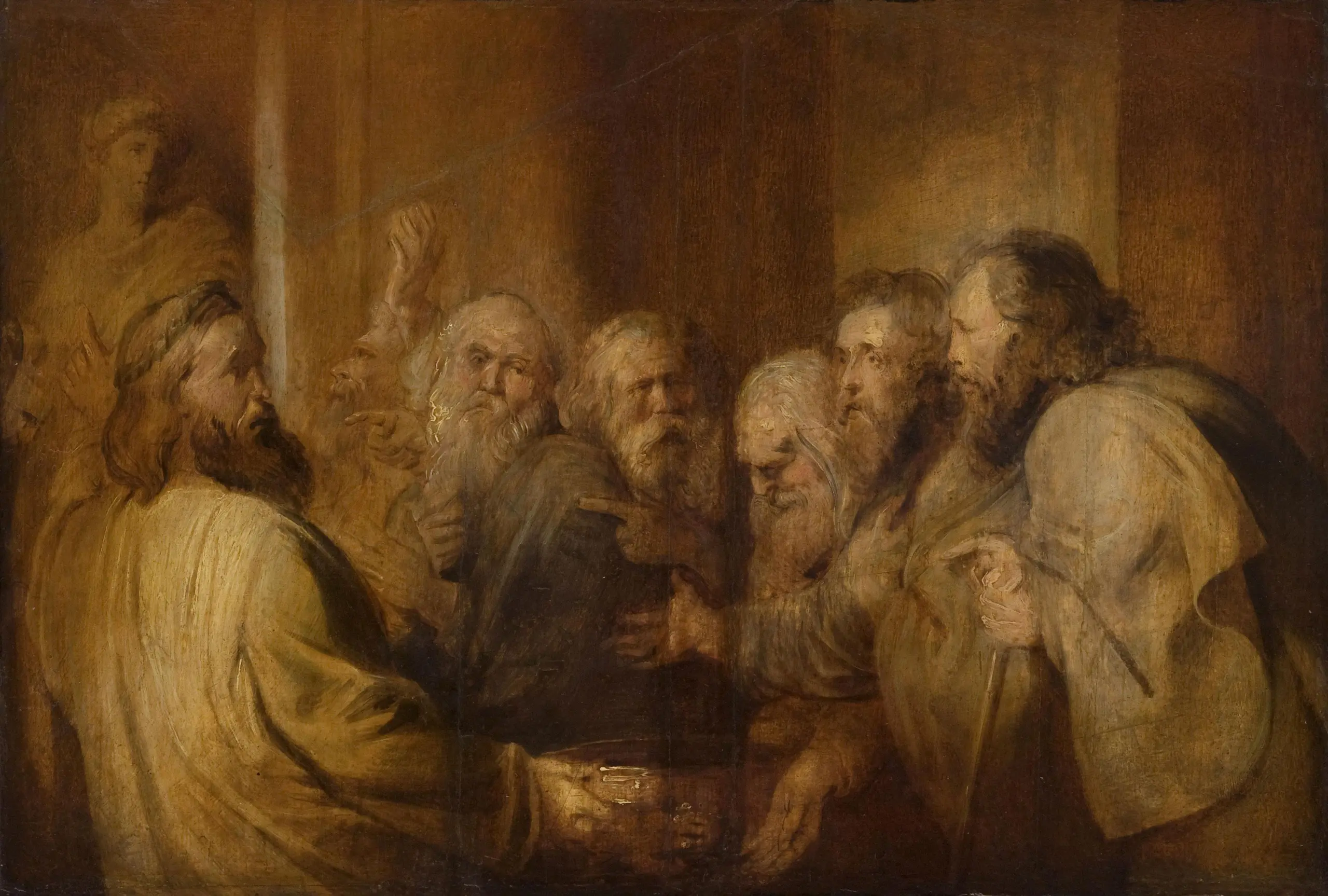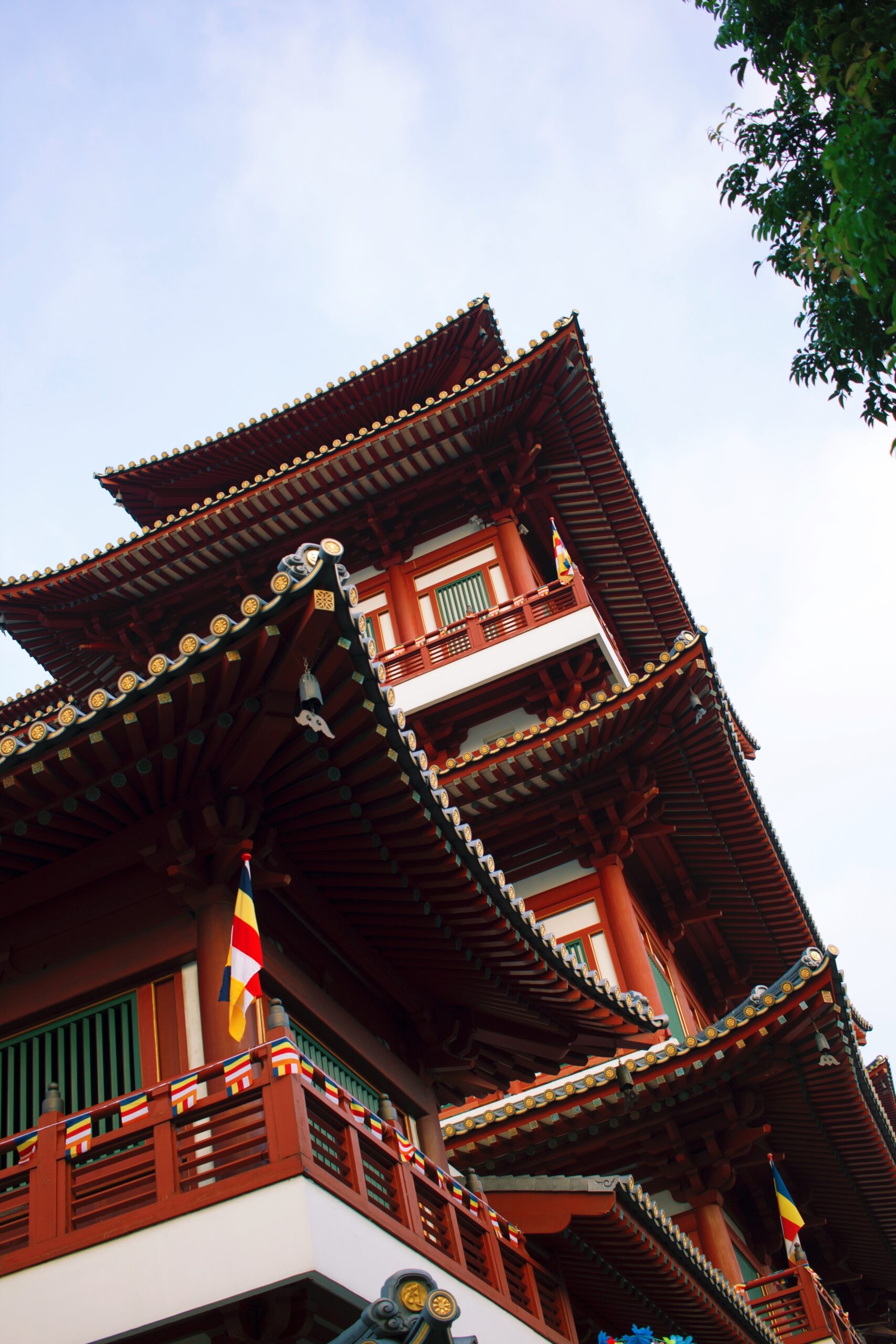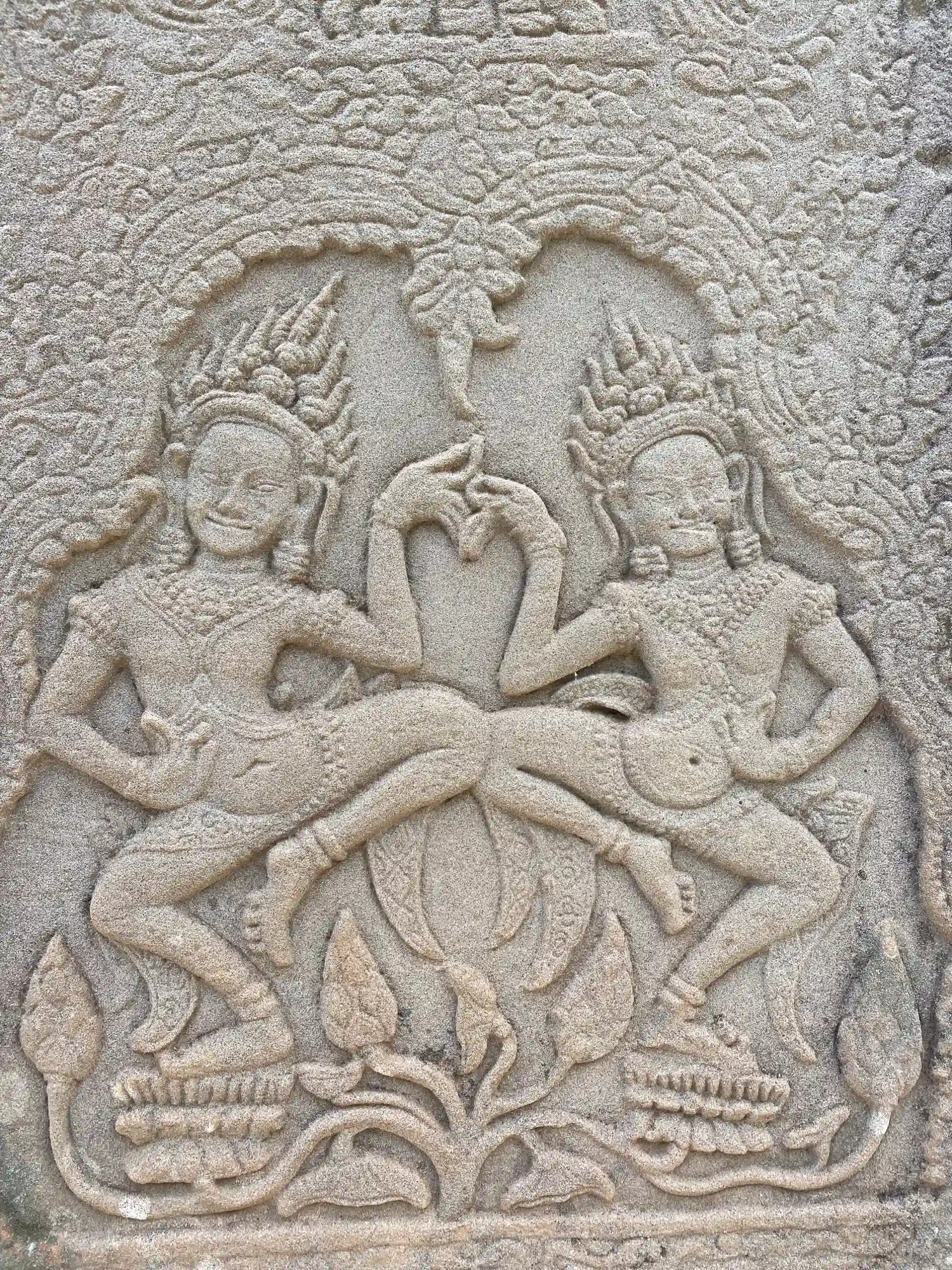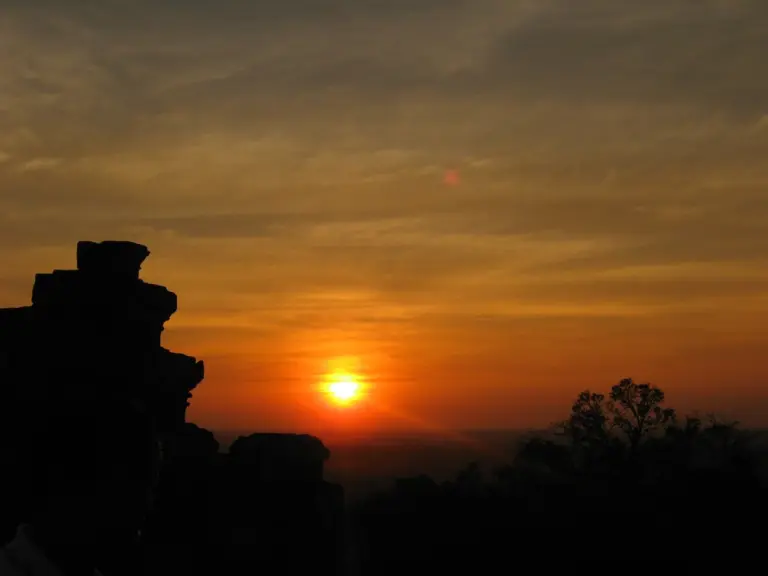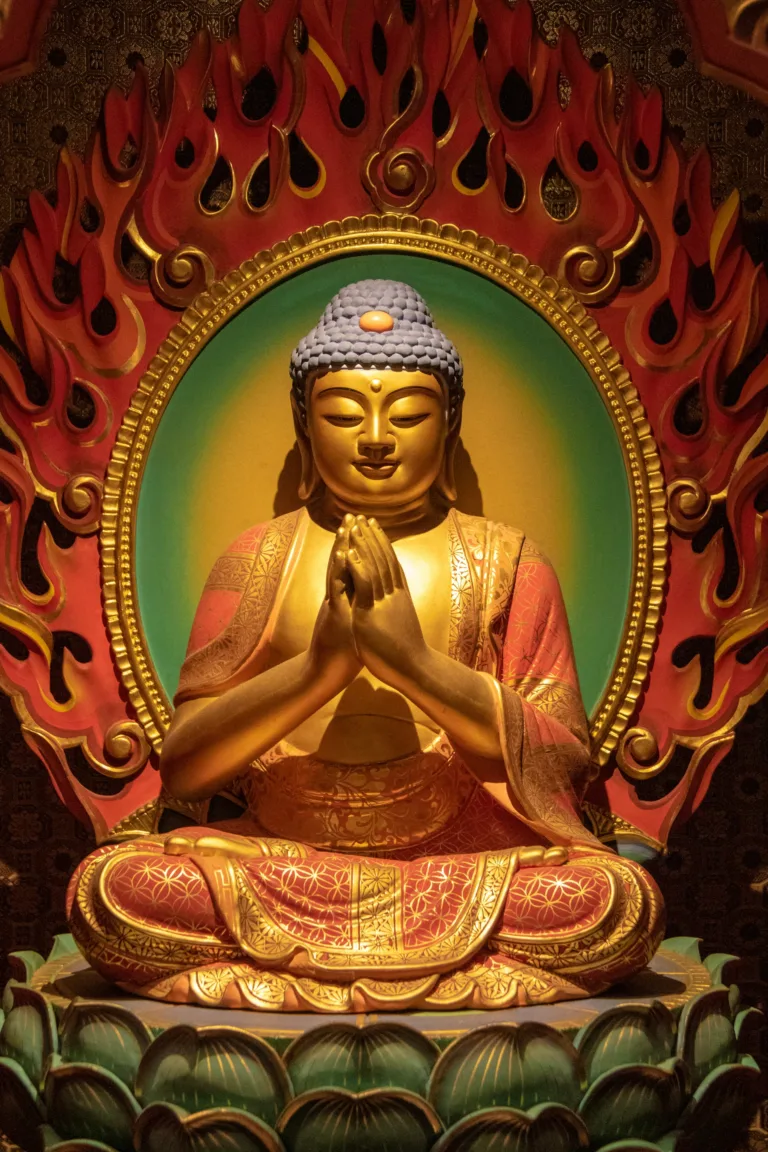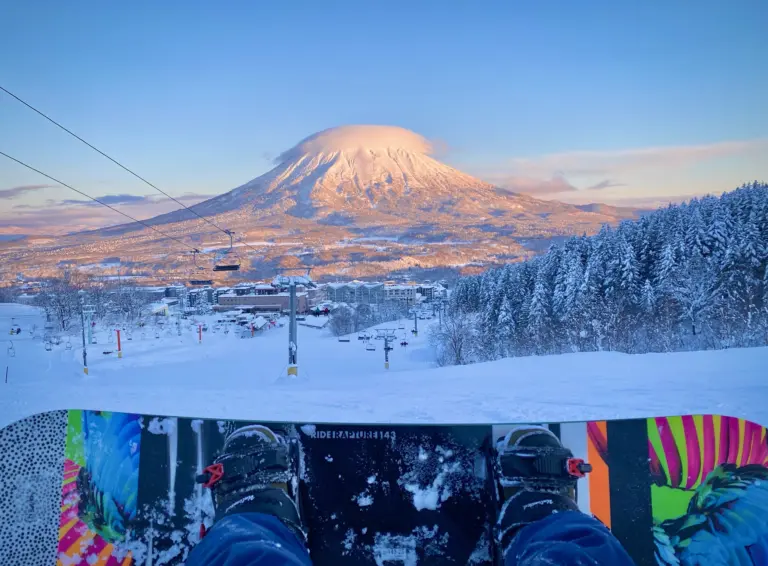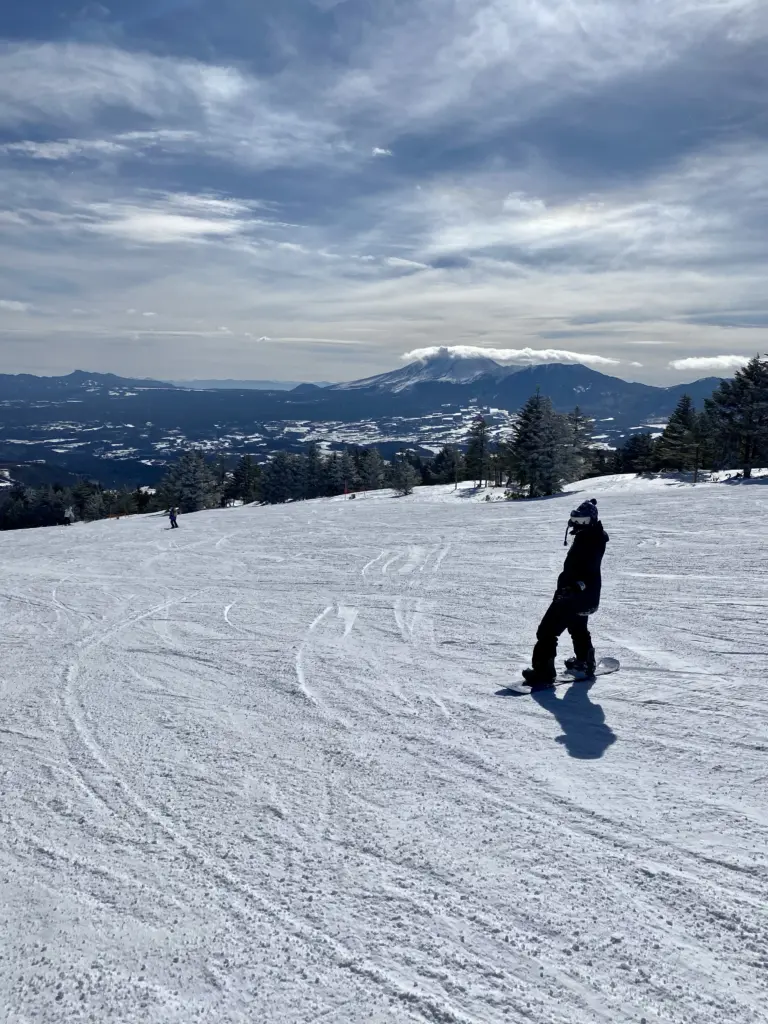Amidst the metropolis of Seoul lies Bukchon Hanok Village, a serene enclave that seems to defy time.
Its narrow winding alleyways lined with traditional Korean houses called “hanoks,” Bukchon offers a rare glimpse into ancient Korea.
At first glance, it’s easy to be entranced by the village’s aesthetic beauty: the wooden facades of the hanoks, the graceful curvature of their tiled roofs, and the intricate patterns adorning their doors and windows. But beyond this visual charm, Bukchon holds a deeper significance.
It serves as a living museum.
In a city that’s constantly evolving, Bukchon stands out as a beacon of tradition, reminding us of the ways of life that shaped Korea for centuries.
Bukchon Hanok Village, in all its authenticity, embodies the spirit of traditional Korean culture, offering a tangible link to a bygone era.
Are you ready to learn more?
Table of Contents
Toggle
History of Bukchon Hanok Village
Bukchon Hanok Village, with its rich history spanning over 600 years, is located strategically between two of Joseon Dynasty’s prominent landmarks, Gyeongbokgung and Changdeokgung Palaces, it was a key residential area that bore witness to Korea’s changing tides.
Its name, “Bukchon“, which translates to “Northern Village“, is an apt description, marking its position north of the Cheonggye Stream and Jongno. These were the central administrative and commercial districts of ancient Seoul.
During the Joseon era, Bukchon wasn’t just any residential area. It became the coveted location for high-ranking officials and members of the yangban, the noble class. Living in proximity to the royal palaces was a symbol of their political stature.
The village also emerged as a hub of cultural and scholarly activities, housing numerous private Confucian academies known as “seowon”. Here, the young minds of the nobility were nurtured, carrying forward the knowledge of their forefathers.
However, with the onset of the Japanese occupation in the early 20th century, Bukchon began to experience transformative shifts. The village’s landscape was altered with the introduction of roads, tram lines, and the modification or demolition of some hanoks to accommodate more modern structures.
The post-war era brought with it urbanization, further changing the face of Bukchon. Some of its traditional homes gave way to modern buildings, reflecting the rapid development of Seoul.
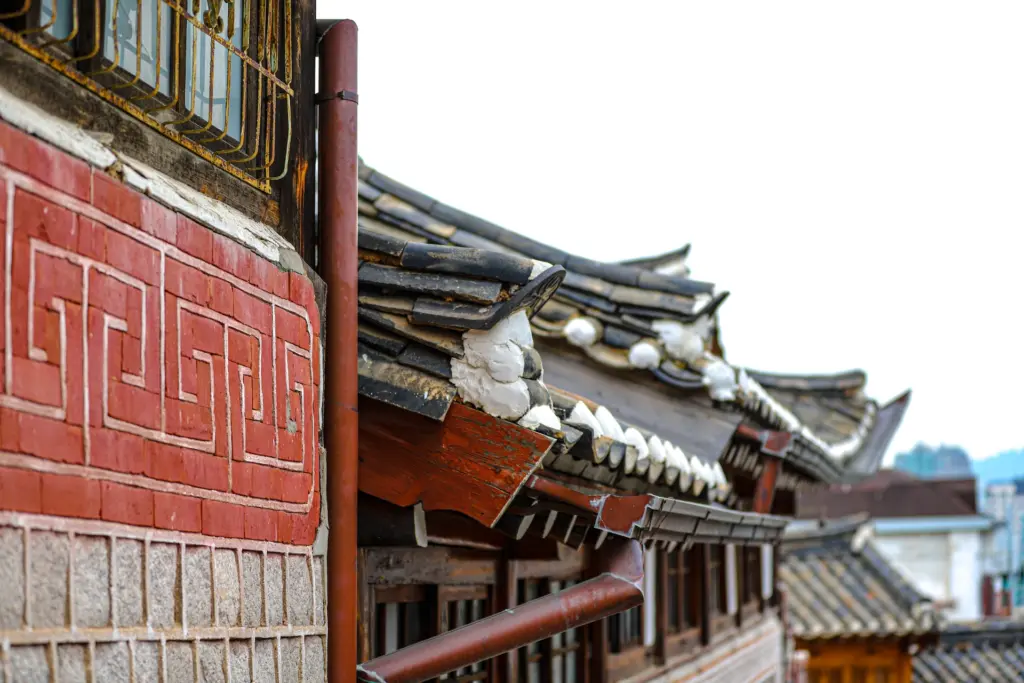
Architecture of the Hanok
The centerpiece of Bukchon is the Hanok, the conventional Korean house.
Hanoks are predominantly constructed from natural materials. The primary material is wood, often locally sourced, used for the structure’s framework, walls, and flooring. Stone plays a crucial role, especially in the foundation and the courtyard.
Clay, mixed with straw, forms the walls, while baked clay tiles, called “giwa“, cover the roof.
The “giwa” roof tiles serve dual functions: they are resilient against the elements and aesthetically unique. Their slightly curved edges facilitate efficient water drainage, particularly useful during Korea’s rainy seasons, while also shading the interiors during summer.
Supporting these tiles are wooden beams, arranged in a pattern that not only supports the structure but also ensures adequate ventilation.
One of the distinctive technological innovations of Hanok architecture is the “ondol” heating system. Given the cold Korean winters, the ondol system was developed as an underfloor heating technique.
It utilizes heat from cooking or an external furnace to warm up stone slabs positioned below the floor surface, ensuring the interiors remain warm.
The layout of the Hanok is not arbitrary. Drawing on principles from Confucianism and feng shui, the positioning of the Hanok, the alignment of rooms, and even the direction the house faces, are all carefully considered.
Typically, Hanoks are oriented with their backs against a mountain and facing a river or open space, a configuration believed to harness positive energy and protect the inhabitants.

Responsible Travel in Bukchon Hanok Village
Bukchon is not just a tourist attraction; it’s home to real people. The Hanoks are living spaces inhabited by families, some of whom have been in the village for generations.
Every day, as the residents of Bukchon go about their routines, they navigate a reality where their neighborhood’s fame has turned their homes into hotspots for visitors. They head out only to frequently find their paths crisscrossed by tourists.
While tourism has undoubtedly brought attention and resources to Bukchon, it also brings challenges.
The constant influx of visitors can sometimes be disruptive. Residents have had to adjust, often altering their schedules to avoid peak tourist hours.
Many of Bukchon’s inhabitants have also become advocates for responsible tourism. They’re not against visitors, but they urge us to remember a few key things:
- Respect Private Spaces: Even if a house looks quaint or “perfect for a photo,” remember that it’s someone’s home.
- Keep Noise Levels to a Minimum: Avoid loud noises, especially during early or late hours. Travel in smaller groups.
- Stick to Public Areas: There are plenty of designated spots for sightseeing. Respect boundaries and avoid venturing into private alleys.
- Support Local Businesses: Buy from local artisans. Not only does it support the community, but it offers a more genuine Bukchon experience.
- Learn Before You Visit: Understand Bukchon’s significance and its residents’ daily lives. This knowledge will enrich your visit and help you engage more meaningfully.

Best Time to Visit Bukchon Hanok Village
- Spring (April to June): The village becomes a haven of pastel colors as cherry blossoms paint the streets white and pink. Daytime temperatures range between 10°C to 25°C (50°F to 77°F). This is one of the peak tourist seasons due to the bloom, so try visiting during the weekdays. Mornings, particularly between 9:00 AM to 11:00 AM, are less crowded.
- Summer (July to August): Lush greenery surrounds the village, and various cultural festivals come alive. However, Seoul’s summer is characterized by its monsoon season, so anticipate humidity and sporadic showers. Temperatures can soar to 26°C to 34°C (78°F to 93°F). If you plan to visit during this time, early mornings or late afternoons are ideal to avoid the heat and the peak tourist influx.
- Autumn (September to November): Arguably the best time to visit for photographers, the fall foliage juxtaposed against the traditional Hanok rooftops offers a breathtaking sight. The weather is also pleasant, with temperatures hovering between 10°C to 20°C (50°F to 68°F). Weekdays in mid-October, especially between 2:00 PM to 4:00 PM, provide a less crowded experience and the best light for photographs.
- Winter (December to February): The village undergoes a serene transformation as snow blankets the rooftops and streets. Temperatures can drop to -10°C to 3°C (14°F to 37.4°F), so pack accordingly. While winter sees fewer tourists, it’s advisable to tread carefully to avoid slippery patches. The period between late morning to early afternoon, around 11:00 AM to 2:00 PM, is the warmest and brightest.

How to Get to Bukchon Hanok Village
Bukchon Hanok Village is accessible through multiple means of public transport. Here’s a guide to help you navigate your way to the village:
- By Subway:
Anguk Station (Seoul Subway Line 3): Exit 1 or 2. Upon exiting the station, walk straight for about 300 meters. You’ll soon find yourself at the entrance of the village. The walk takes about 10 minutes, and signs will guide you to the village.
Jongno 3(sam)-ga Station (Seoul Subway Lines 1, 3 & 5): Exit 6. After exiting, take a left turn and walk straight for approximately 500 meters. This route is a bit longer and takes around 15 minutes. It’s an uphill walk but offers you glimpses of other traditional sites along the way.
- By Bus: The most convenient bus stop for Bukchon Hanok Village is the “Anguk Station and Bukchon” stop. Once you alight, the village is a short walk away. There are multiple buses that stop near Bukchon Hanok Village. Here are some of them:
Blue Buses: 104, 106, 107, 108, 109, 110, 111, 143, 149, 151, 162, 170, 171, 172, 272, 601, 710, 1020, 1711, 7016.
Green Buses: 7025.
Red Buses: 9703.
- By Taxi: Taxis are abundant in Seoul and can be hailed off the streets or found at designated taxi stands. If you prefer a direct route without navigating the public transportation, tell the driver “Bukchon Hanok Maeul”. Most drivers will be familiar with the location.
Plan Your Trip to Seoul | Best Travel Resources
Book Your Accommodations
- Booking.com – the world’s leading online booking platform for accomodations around the world, they have an extensive amount of available listings with zero booking fees and best price guarantees.
- Hostelworld – a backpacker’s best friend, Hostelworld has the largest collection of hostels and guesthouses for affordable prices.
Don’t Forget Insurance
- SafetyWing – from Nomad Insurance, an insurance by nomads for nomads. They understand our lifestyle well and have really comprehensive and flexible plans that cater to any traveler.
Find Cheap Flights
- Kiwi.com – my go-to for booking and finding the cheapest flights and it’s helped me save tons of money. They do virtual interlining which is connecting flights from airlines that do not codeshare, so you can find routes that you wouldn’t be able to find normally.
Join Tours & Activities
- GetYourGuide – is one of the best places to find unique tours and activities. I found that it’s an excellent way to meet fellow travelers and create fond memories. They are not only limited to tours as they also offer niche services such as skip-the-line tickets or private transfers.
Catch a Ride
- Rentalcars.com – nothing beats the freedom of the road, Rentalcars.com is the world’s largest online car rental service. They operate across 160 countries so they’re the perfect partner to work with if you find yourself wanting a ride.

